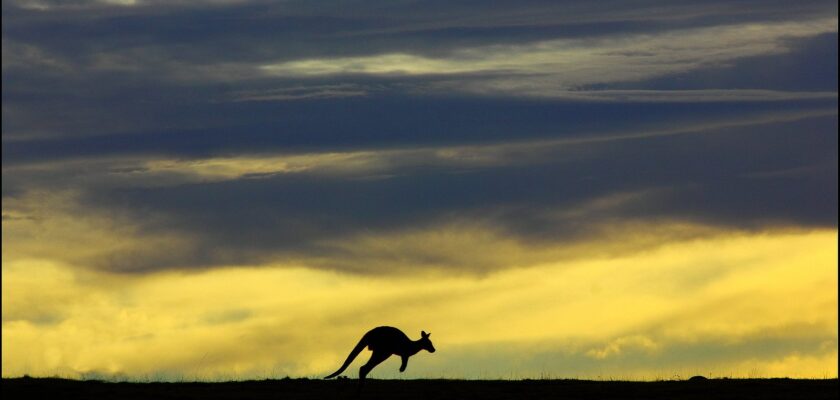Island of Tasmania
Tasmania is an Australian state located on an island of the same name 240 km south of the Australian mainland and separated from it by Bass Strait. The area of the island is 68,401 km².The population is more than 500 thousand people. The capital and at the same time the largest city is Hobart. Other major cities are Launceston, Devonport and Burnie.
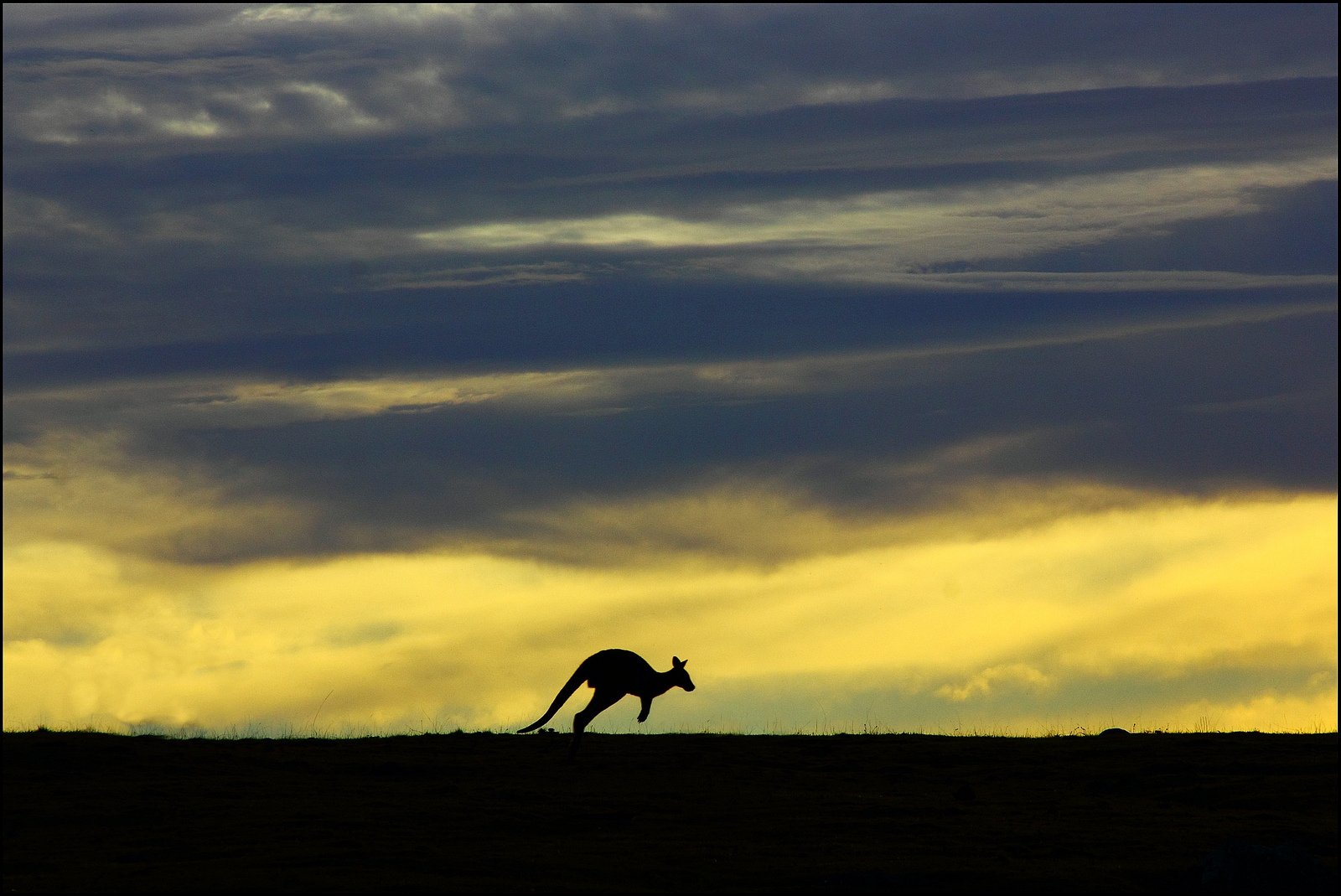
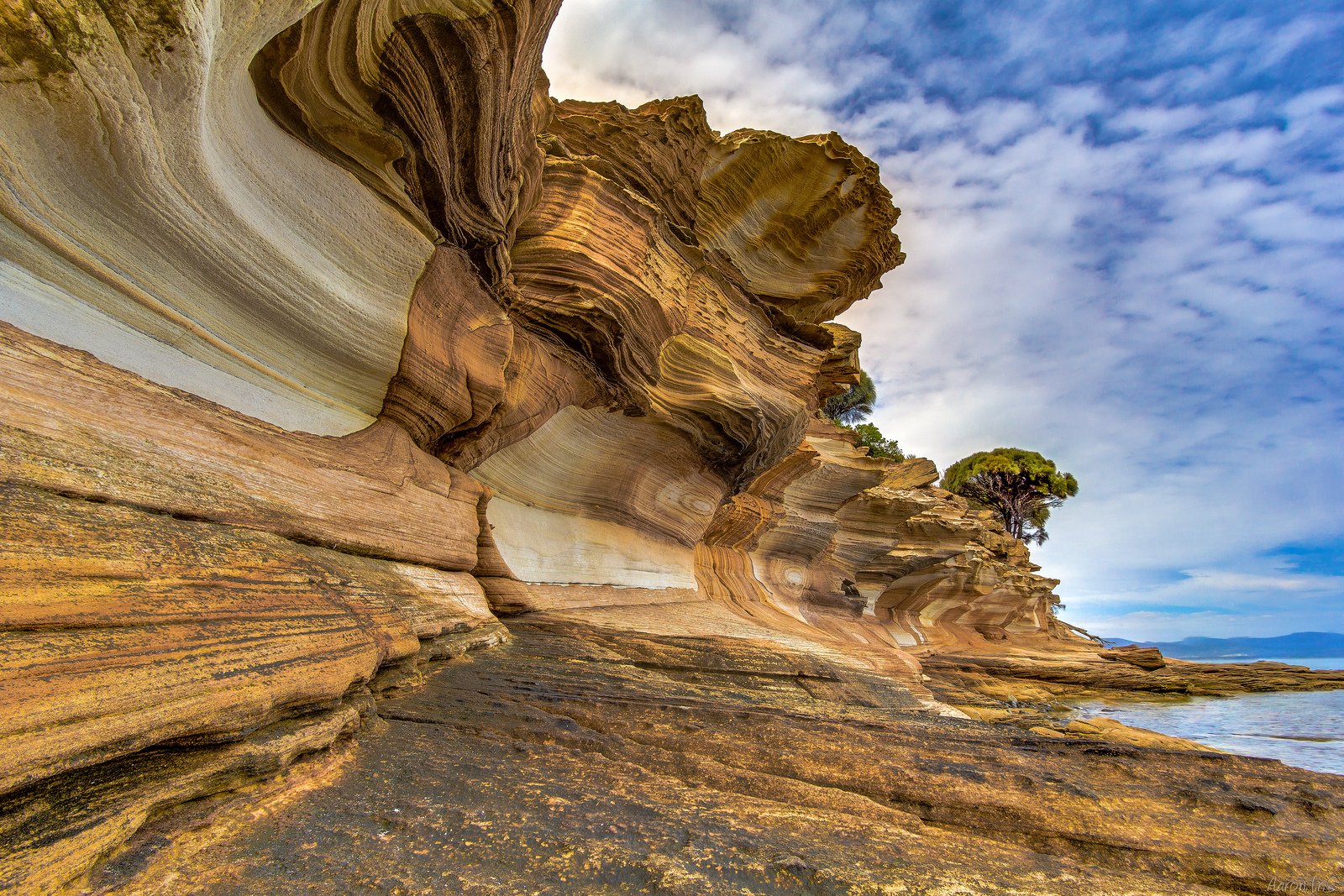
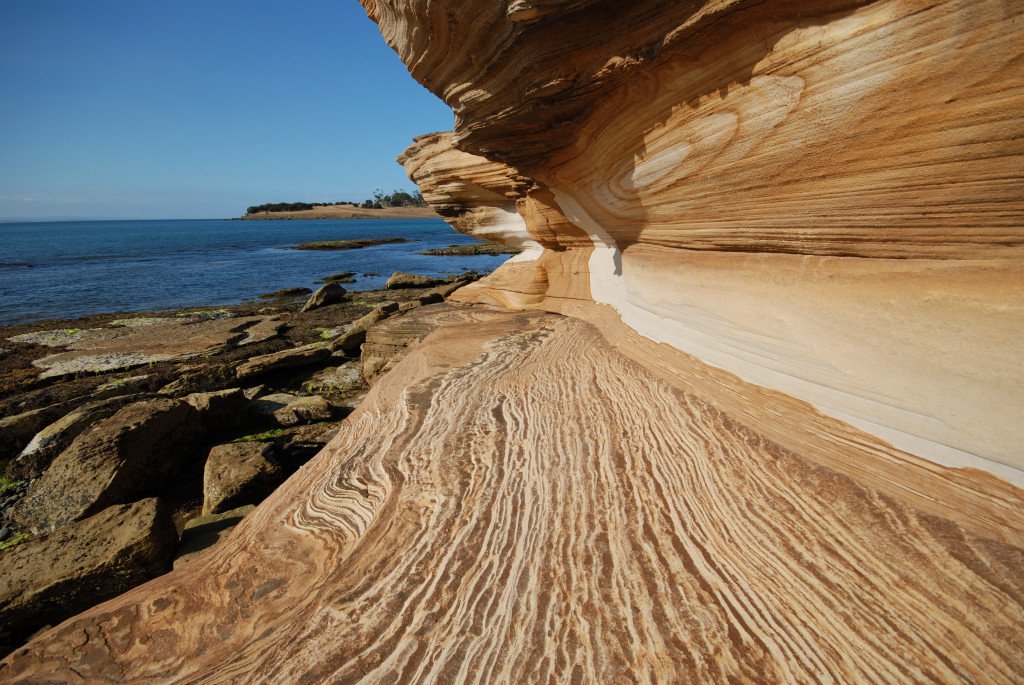
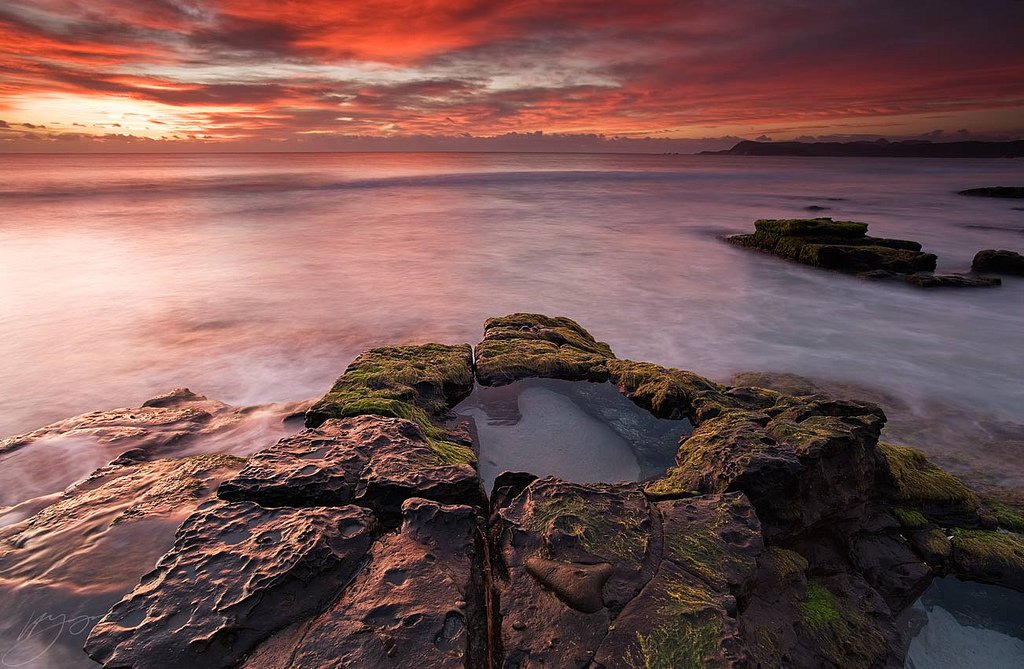
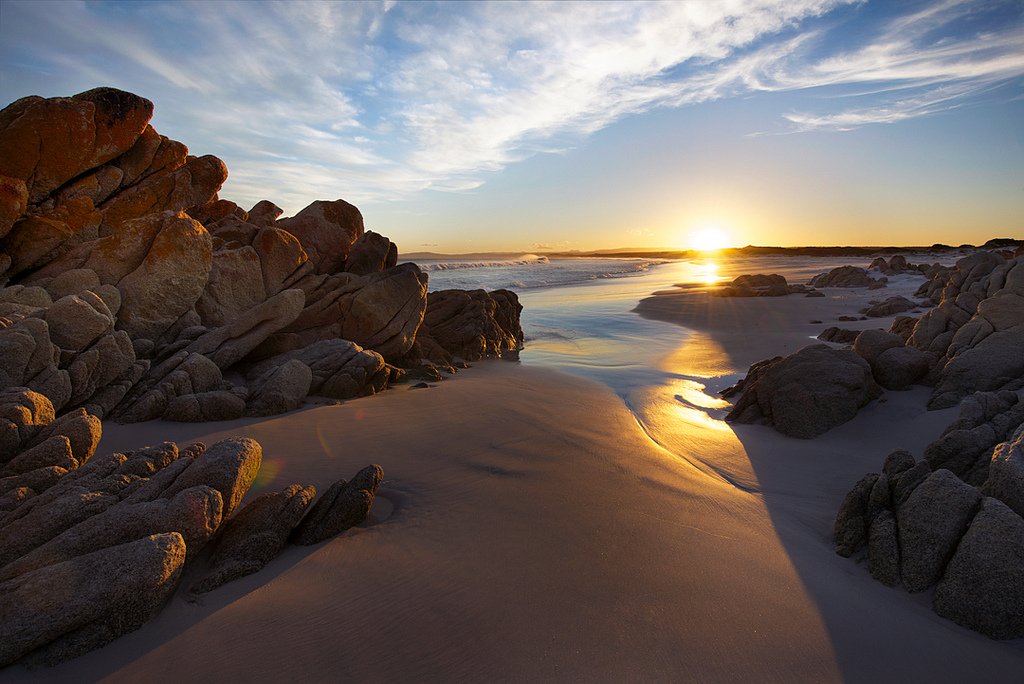
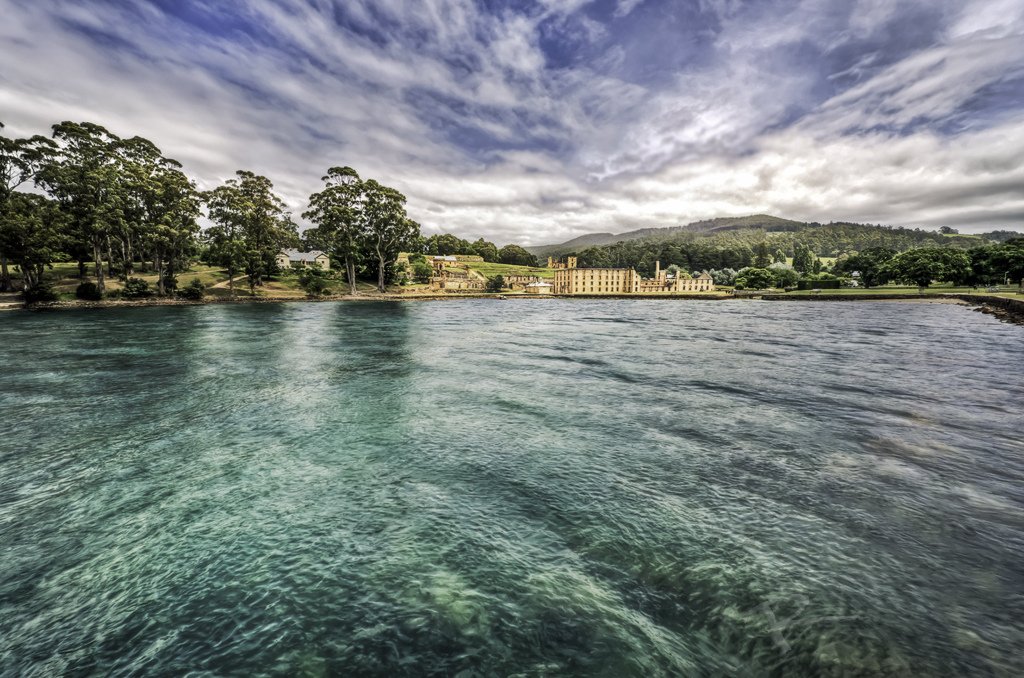
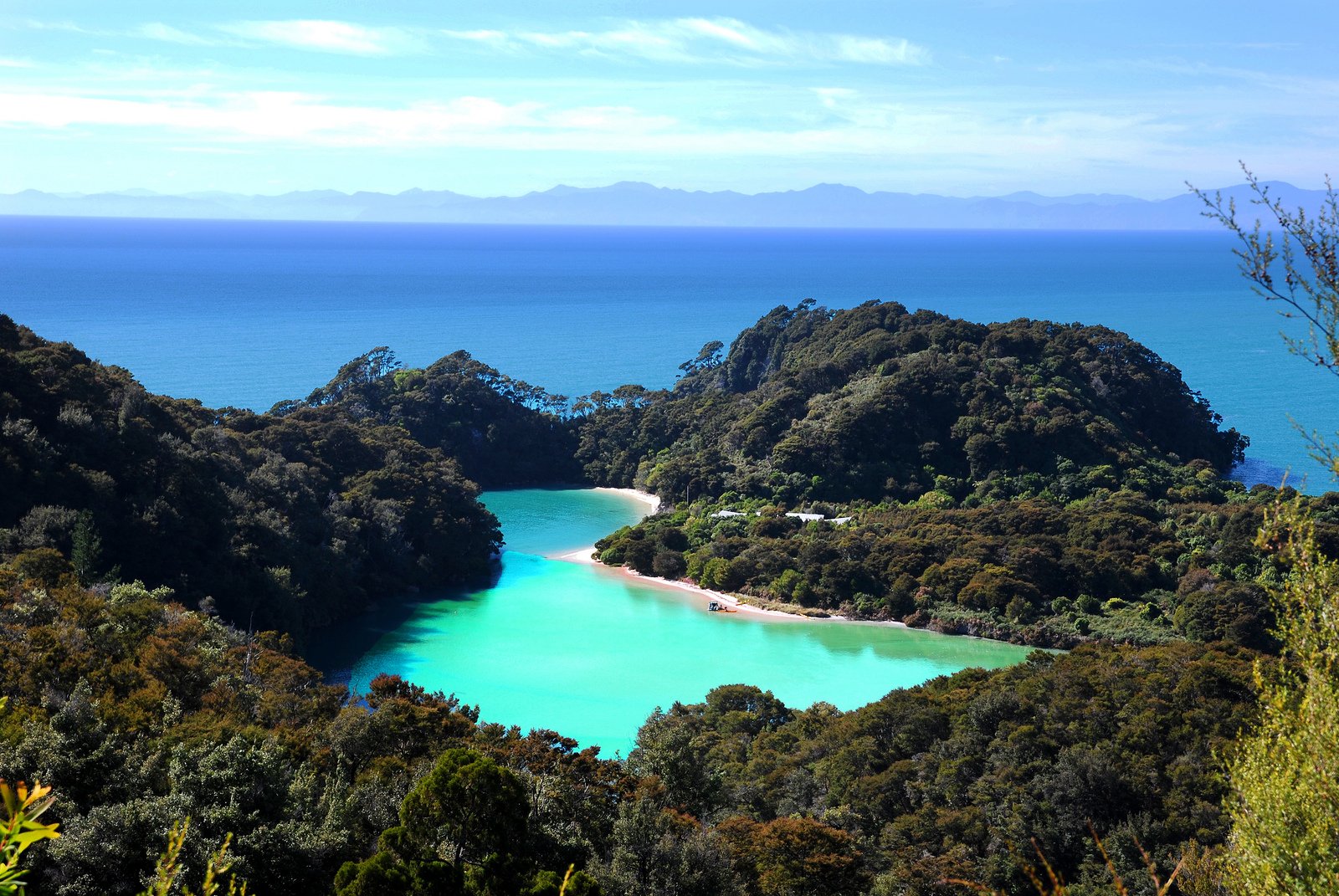
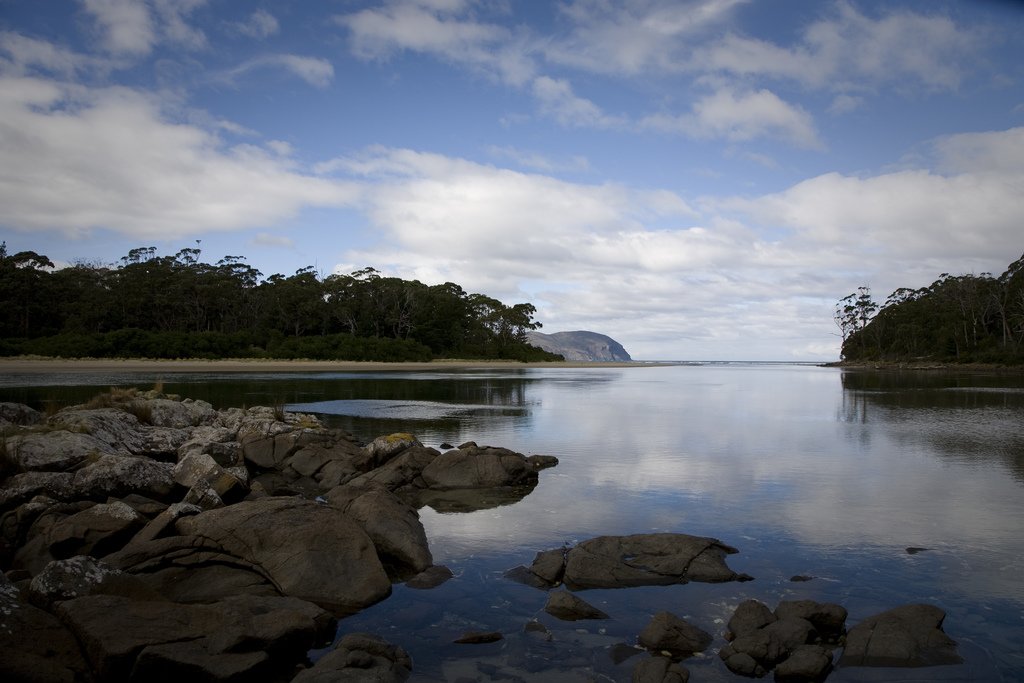
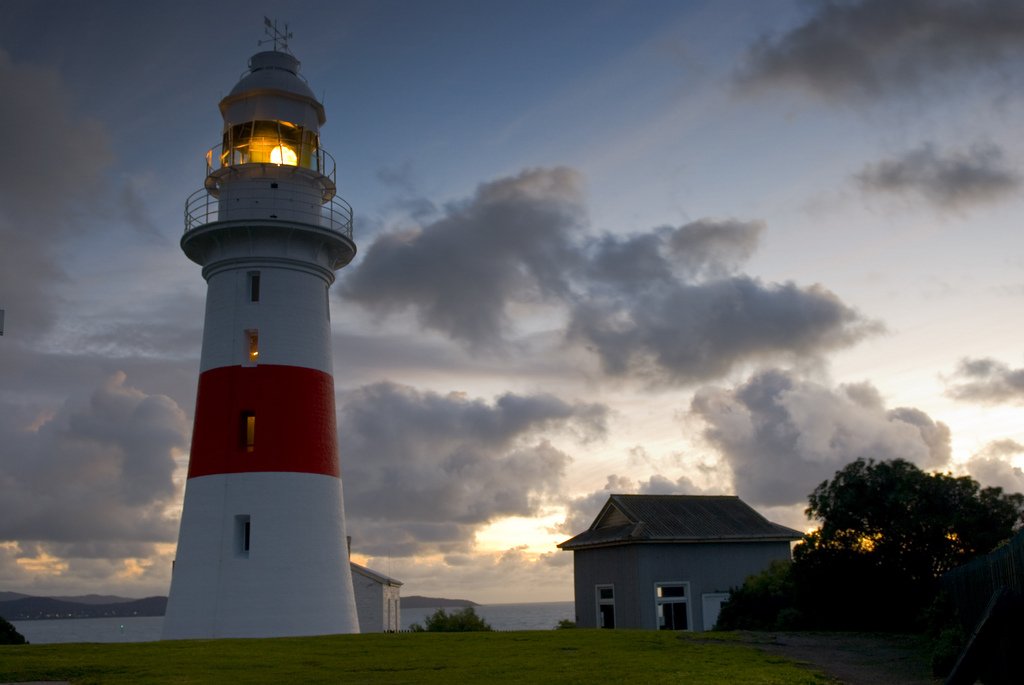
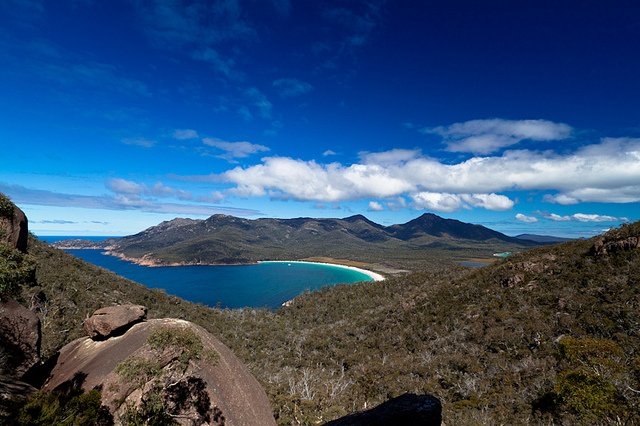
Video: Tasmania
Nature of Tasmania
Without a doubt, the biggest and most important attraction of the island of Tasmania is its nature. Many kilometers of beaches with the purest white sand attract a large number of tourists. Tasmania’s rainforest was recognized in 1982 as a natural heritage of mankind, “the lungs of the planet”. It includes two state reserves, four national parks, state forests, and two conservation areas. The island is considered one of the last pockets of unspoiled nature in the Southern Hemisphere. Due to the excellent preservation of natural complexes, Tasmania is rightly considered one of the benchmarks of natural nature on the planet.
.
The island’s nature is unique and has no parallel in the whole world. Rivers National Park is the heart of Tasmania’s wilderness. Here you can see deep river valleys, rainforests, picturesque gorges, mountain peaks that amaze the imagination. And amidst all this beauty loops a large number of protected rivers.
.The animal and plant world of Tasmania is very original – a large number of representatives are endemics.
.In Tasmania, 44% of the territory is covered by rain forests, and 21% are national parks. These ratios are uncommon. Trout-infested lakes, rivers and waterfalls, replenished by rain and meltwater, feed the forests, which are home to Euphorbia tirucalli, Eucalyptus regalis and Gunn’s eucalyptus, myrtles, Cunningham’s notophagus, Acacia nigra, Sassafras, Eucryphia splendens, Phyllocladus asplenium, Dixonia antarctica and Dacridium franklinii. Today, environmentalists are battling miners, paper makers, and hydroelectric builders. The bare desert of Queenstown, a mining and industrial town, is a stark reminder of the consequences of reckless waste of natural resources.
.
The fauna of the area has also suffered, especially the thylacine, or marsupial wolf, an animal of grayish-yellow coloration that resembles a dog. For the dark stripes on its back and rump it was nicknamed the tiger. This dry-footed, fearful carnivore was used to carry poultry and sheep. Bounties were given for killed thylacines, and by 1936 they had disappeared.
.
Another unique Tasmanian marsupial, the Tasmanian devil, may be threatened with extinction due to a unique cancer – facial tumor. Scientists in Australia are currently working intensively to prevent the spread of this disease among Tasmanian devils. Tasmania is also famous for the thin-billed petrel. Beginning its flight in the Tasman Sea, and practically circling the Pacific Ocean, the petrel returns to its sandy nesting grounds year after year.
Not far from the nests of thin-billed petrels, where they come only at night, lives another bird that “flies” underwater, the lesser penguin – with a short beak and weighing no more than a cat.
.Tourists
The island will appeal to all fans of mountain tourism and water sports. Travelers and wildlife lovers will also appreciate this land, as the island is home to many amazing animals that are found only here. Tasmania is also known for its nature reserves, which are located between mountain peaks and crystal clear lakes.
.
The island is home to fashionable hotels and luxurious resort areas where you can spend an unforgettable vacation.
.How to get there
The island is only served by local airline flights, so to get to Tasmania you must first arrive on the mainland. Getting to the island is easy, as flights to Tasmania’s airports, located in the cities of Hobart, Launceston and Devonport, are available from many mainland cities – Sydney, Canberra, Perth and Melbourne. For example, a flight from Melbourne will take no more than an hour. The service is provided by local airlines Qantas, Virgin Blue, Jetstar, Regional Express and Tiger Airways.
.Further shuttle buses are available from Tasmania’s airports. The distances between cities are not long at all, so the bus drops tourists off right at the hotel door. The fare will cost from 10$ to 22$. For the return trip from the hotel to the airport, you need to book a seat on the bus in advance and arrange a boarding time by phone.
.Melbourne and Devonport are also connected by the Spirit of Tasmania Marine Transportation Company ferry service, making the journey to your destination quite exciting. Travel time takes between 9 and 11 hours, and fares range from $120 to $180 for a seated seat, $170 to $280 for a bunk in a cabin. Prices fluctuate depending on the season. If you want to bring a car on the ferry, it will cost an additional $65. Tourists should keep in mind that rented cars are often prohibited from traveling between the mainland and the island. This point should be clarified with the rental agency.
.Getting around the island
There are many ways to get around Tasmania: by car, bus, airplane, rail or bicycle.
The most convenient way to get around Tasmania is by car, bus, airplane, rail or bicycle.
One of the most convenient ways to get around Tasmania is by car, which can easily be rented from one of the many rental agencies. You will need an international driver’s license and cash or a credit card for a deposit. Traffic in Australia is left-hand drive, so travelers should be careful and buckle up. Vigilance is especially useful at night – exotic animals of different sizes are constantly trying to run across the road.
.The roads of Tasmania are very winding, turning into steep serpentines, so the speed limit of 100 km/h should not upset you. It is usually unnecessary.
There is also a network of bus routes on the island. It is operated by the major transportation companies Redline Tasmania and Tassielink. Advance reservations online or by phone are mandatory.
Tasmanian carriers Tasair, Airlines of Tasmania and Sharp Airlines offer domestic flights between the island’s major cities of Hobart, Devonport, Launceston and King, Flinders and Cape Barren Islands.
.The island has one West Coast Wilderness Railway line, running along the West Coast between Strachan and Queenstown. Travel time is 3 hours and passengers are even offered lunch.
Another popular and useful way to get around Tasmania is by bicycle. It can be ridden independently or by joining a group tour lasting from 1 to 25 days..
Top 5 National Parks in Tasmania:
.- Freycinet National Park and Wineglass Bay
- Mount Cradle National Park – Lake St. Clair .
- Southwestern National Park
- Mount Field National Park
- Franklin-Gordon Wild Rivers National Park
Local delis and stores
Due to historical events, local restaurants have long featured mostly English cuisine. But today on the island of Tasmania you can find cafes with any cuisine of the world. From the traditional delicacies of the island we recommend to try the freshest and most delicious seafood: lobsters, salmon, Atlantic sole – exotic deep-sea fish, which is bred on local sea farms, and a variety of shellfish: mussels, oysters and abalone.
.Tasmania, like Australia, is famous for its soft, fragrant and unctuous wine. Let’s just say in confidence that the best wineries are located in the Tamar Valley. Sparkling drinks and local beers also hold the stamp. Cascade and Boag’s brands are popular throughout the country.
.Tasmania’s King Island is known for its cheese factories, and Hobart is home to the Cadbury chocolate factory.
.Tasmanian honey is also noteworthy. It is extracted from the flower pollen of the leatherwood shrub, Eucryphia splendens. The honey is characterized by an inexpressible flavor and contains a full range of vitamins.
.
If you are traveling with a group, we recommend purchasing a Tassie Dining Card. The card offers discounts from 15% to 50% off at restaurants, bars and cafes in over 40 towns and cities across Tasmania. Discounts are also available at some grocery stores, enotecas and culinary stores. The card comes with a 32-page guide to Tasmanian restaurants to help you make the right choice. The card costs $39 and is valid for 30 days for a group of up to six people.
Precious merino goats roam the island, which has made Tasmania famous for its wool products. Everyone is welcome to purchase wool yarn or ready-made products.
The island is also home to many galleries of paintings, arts and crafts and folk crafts. There seems to be endless inspiration here.
